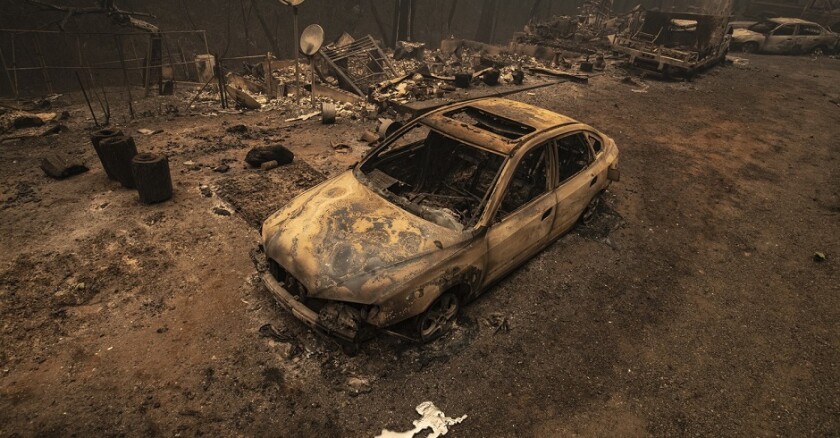The National Institute of Standards and Technology (NIST) earlier this year published its 50-page NIST Playbook, a guide to community resilience that aims to help communities improve their ability to withstand and bounce back from natural and man-made disasters.
The guide helps emergency managers to ask the right questions to bring vital services back online in a timely way, while also preparing them to think about what it means to build back better for their respective communities, according to Chris Clavin, an environmental engineer who led the development of the NIST document.
“Through that process, not only is it articulated at a detailed level of what recovery is, but, hopefully, also how to make the community more attractive to residents and businesses on blue-sky days,” Clavin said. “A challenge we hope the playbook can respond to and help emergency managers with is going about the process well before an actual hazard takes place, or if they are unfortunately in a recovery, they can get ahead of the next event.”
NIST defines community resilience as the ability to prepare for anticipated hazards, adapt to changing conditions, and withstand and recover rapidly from destruction. The Playbook is based partly on the National Preparedness Doctrine for prevention, preparedness, mitigation, response and recovery that NIST published in 2010.
“We went through all the key steps to community resilience, and, as a result of that, our perspective is that community resilience goes beyond just mitigating the risk posed by natural hazards and preparing to respond to events,” Clavin said. He said many emergency managers and communities are recognizing that developing resilience plans beforehand leads to a better recovery and outcomes.
The Playbook says that this type of community approach can yield the following outcomes:
- Result in less physical, economic, environmental and social damage and impact;
- Support a fuller, more robust recovery;
- Preserve and enhance community functions, such as health and education;
- Require less time and money to be spent on relief efforts and repairs;
- Promote “co-benefits,” such as a livable, walkable community connected to the natural environment.
But the common thread is the emphasis of interdependencies across different environments, including buildings and infrastructure systems providing transportation, energy, communications, water and wastewater services.
“One of the core elements throughout all the steps in the guide is the community’s value to drive the community’s vision for recovery,” Clavin said. “What do they want, God forbid, should something happen to the community and they are faced with a hazard event? What does building back better look like?”








